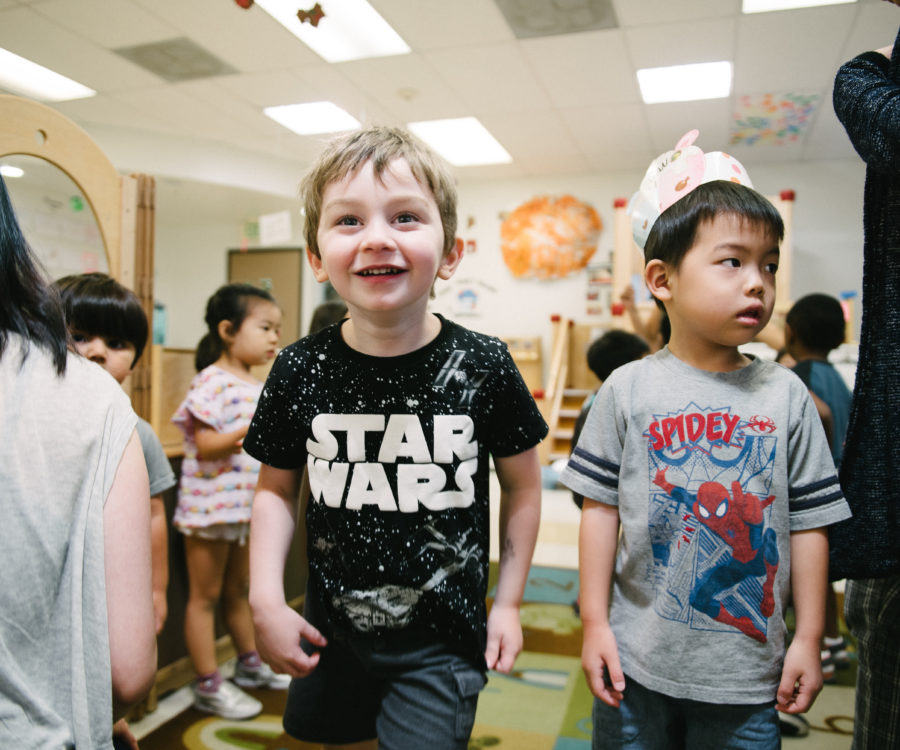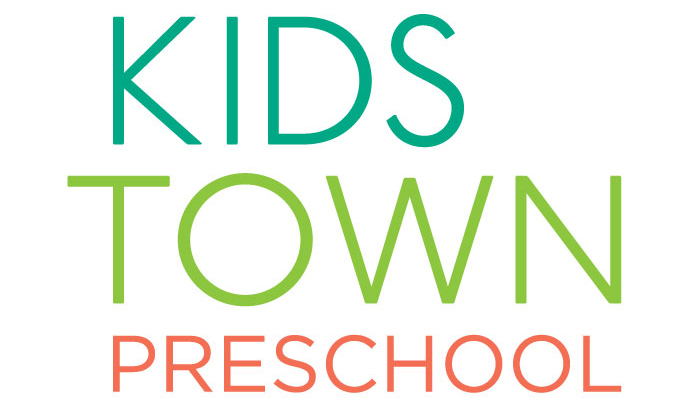3-5 Year Olds


Your preschool-aged child is becoming more open and independent. When children of this age explore the world around them, they will start to ask questions about their surroundings. Their relationship to their family is very important and will shape their personalities. At this stage, children should be able to ride a tricycle, use safety scissors, be aware of gender identity, be able to dress and undress themselves, play with other children and be able to remember parts of stories and sing songs.
Positive Parenting
• Story time. Children at this age love stories. Visit your local library. Read to them with a lot of expression and sound effects. Be a good role model: take some time to read yourself. If your child sees you reading, they will likely want to join in.
• Chores. Children at this age love to help out. Create some easy chores for your child to help out at home, such as wiping down the table with a sponge, putting clothes in a hamper, or placing shoes in the closet.
• Play. Make playdates with other peers, or visit the playground where your child can interact with others of the same age.
• Grown-up talk. Talking to your child in an “adult” voice will help them understand how language is formed and will teach them the proper way to talk.
• Consistency. Be consistent when disciplining your child. Being clear and consistent helps them understand what is expected. Model the behavior you want to see in your child.
• Counting and measuring. Have your child help you make a recipe. Count eggs. Have them watch you measure liquids and flours.
• Explore. Children at this age want to stretch their imaginations—do activities that require investigating (look at bugs) or exploring (visit a new store, museum, park or library).
Child Safety
• Stay out of traffic. Children at this age are used to being on the sidewalks and streets, but they may get too bold. Tell them not to play in the street or run after a ball and be cautious when they are on tricycles or bikes.
• Check outdoor play equipment. Make sure there are no loose or sharp parts. Check for spiderwebs or bees.
• Keep an eye out. When your child is playing outside, make sure you are watching. Even though your child is more independent, accidents can happen.
• Water safety. This is a great age for children to learn how to swim.
• Stranger danger. Teach your child how to interact with strangers. Tell them they are not to go with strangers and have a “code word” if there are family emergencies.
MILESTONES
BETWEEN THREE AND FOUR YEARS OLD
• Plays with other children
• Self-reliant, can dress by themselves with ease
• Can understand and follow directions
• Can match and sort objects that are alike and unalike
• Can recognize numerals
• Tries to read
• Can recognize logos and print around them
• Writes and/or scribbles
• Can recognize the alphabet, understands that each letter has a name
BETWEEN FOUR AND FIVE YEARS OLD
• Likes being in a group
• Likes to joke around, make faces and rhymes, be silly
• Starts to become aware of friendships and cliques, though friends can change often
• Increasingly coordinated (runs, jumps, skips, hops) and has better muscle
control
• May be aggressive
• Can recognize and write numbers 1-10
• Can recognize and draw basic shapes like circle, square, triangle and rectangle
• Can recognize which direction books are opened, and which direction the words are read in
• Can recognize the shapes and names of all the letters of the alphabet, and know some of the sounds

